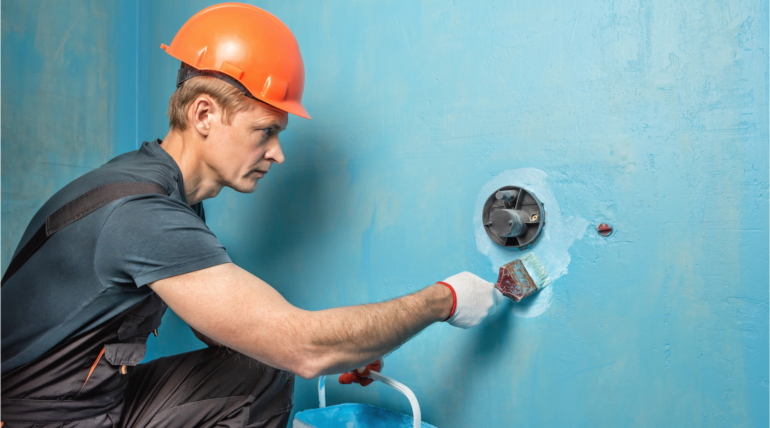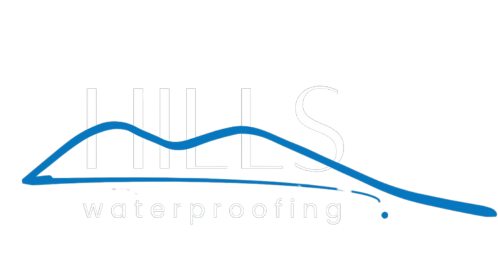
Bathroom waterproofing is a crucial aspect of home maintenance that ensures the longevity and integrity of one of the most frequently used spaces in any house. Without proper waterproofing, bathrooms can become susceptible to water damage, mold growth, and structural issues. Here are some essential tips to help you effectively waterproof your bathroom, ensuring it remains a safe, durable, and pleasant environment.


1. Plan and Prepare
Before starting any bathroom waterproofing project, it’s important to have a clear plan. Identify all the areas that need waterproofing, including floors, walls, and shower areas. Make sure to gather all necessary materials and tools, such as waterproof membranes, sealants, and brushes. Proper preparation sets the foundation for a successful waterproofing job.
2. Choose the Right Bathroom Waterproofing Materials
Selecting high-quality waterproofing materials is essential. Waterproof membranes, such as liquid-applied membranes or sheet membranes, are commonly used for bathroom waterproofing. Liquid-applied membranes provide a seamless barrier, while sheet membranes are pre-formed and can be applied to larger areas. Additionally, choose waterproof sealants for joints and corners to ensure comprehensive protection.
3. Surface Preparation
Proper surface preparation is critical for effective waterproofing. Ensure that all surfaces are clean, dry, and free of any debris or contaminants. Any existing mold or mildew should be treated and removed before applying waterproofing materials. This step ensures that the waterproofing products adhere properly and provide optimal protection.
4. Apply Waterproof Membrane
Applying the waterproof membrane correctly is vital. For liquid-applied membranes, use a brush or roller to apply an even coat to all surfaces that need protection. Make sure to cover corners, joints, and any other vulnerable areas thoroughly. For sheet membranes, follow the manufacturer’s instructions for cutting and applying the sheets, ensuring they are securely bonded to the surfaces.
5. Seal Joints and Corners
Joints and corners are common points of water infiltration in bathrooms. Use a high-quality waterproof sealant to seal these areas effectively. Apply the sealant generously to ensure a tight seal that prevents water from seeping through. Pay special attention to areas around fixtures, such as faucets and drains, where leaks are more likely to occur.
6. Protect the Shower Area
The shower area is particularly prone to water exposure, making it a critical area for waterproofing. Apply an extra layer of waterproof membrane in the shower area, extending it up the walls to at least 1800mm and across the floor to cover the entire shower base. Ensure that the shower drain is properly sealed and integrated into the waterproofing system.
7. Allow Proper Curing Time
After applying waterproofing materials, it’s important to allow adequate curing time before using the bathroom. Follow the manufacturer’s guidelines for drying and curing times to ensure the waterproofing products fully set and provide maximum protection. Rushing this step can compromise the effectiveness of the waterproofing.
8. Regular Maintenance and Inspections
Regular maintenance and inspections are key to sustaining the effectiveness of your bathroom waterproofing. Periodically check for any signs of leaks, mold, or damage. Address any issues promptly to prevent them from escalating into more significant problems. Maintaining the waterproofing system ensures long-term durability and performance.
9. Hire a Professional
If you’re unsure about any aspect of bathroom waterproofing or if the project seems too complex, consider hiring a professional waterproofing contractor. Professionals have the expertise, experience, and tools to ensure the job is done correctly and efficiently, providing you with peace of mind.
Conclusion
Proper bathroom waterproofing is essential for preventing water damage, mold growth, and structural issues. By following these essential tips—planning and preparation, choosing the right materials, thorough surface preparation, correct application of waterproof membranes, sealing joints and corners, protecting the shower area, allowing proper curing time, regular maintenance and inspections, and considering professional help—you can ensure your bathroom remains a safe, durable, and enjoyable space. Investing time and effort into effective waterproofing will pay off in the long run, preserving the integrity and value of your home.
Contact Hills Waterproofing for Expert Home Waterproofing Solutions
If you’ve noticed any of these signs of water damage, don’t wait until it’s too late. At Hills Waterproofing, we specialize in home waterproofing solutions to protect your property from leaks, moisture, and foundation issues.
Call us today for a consultation or visit our website to learn more.
✅ Keep your home safe, dry, and structurally sound with professional home waterproofing services!
📞 Call us at 0410 570 721
📧 Email: info@hillswaterproofing.com.au

